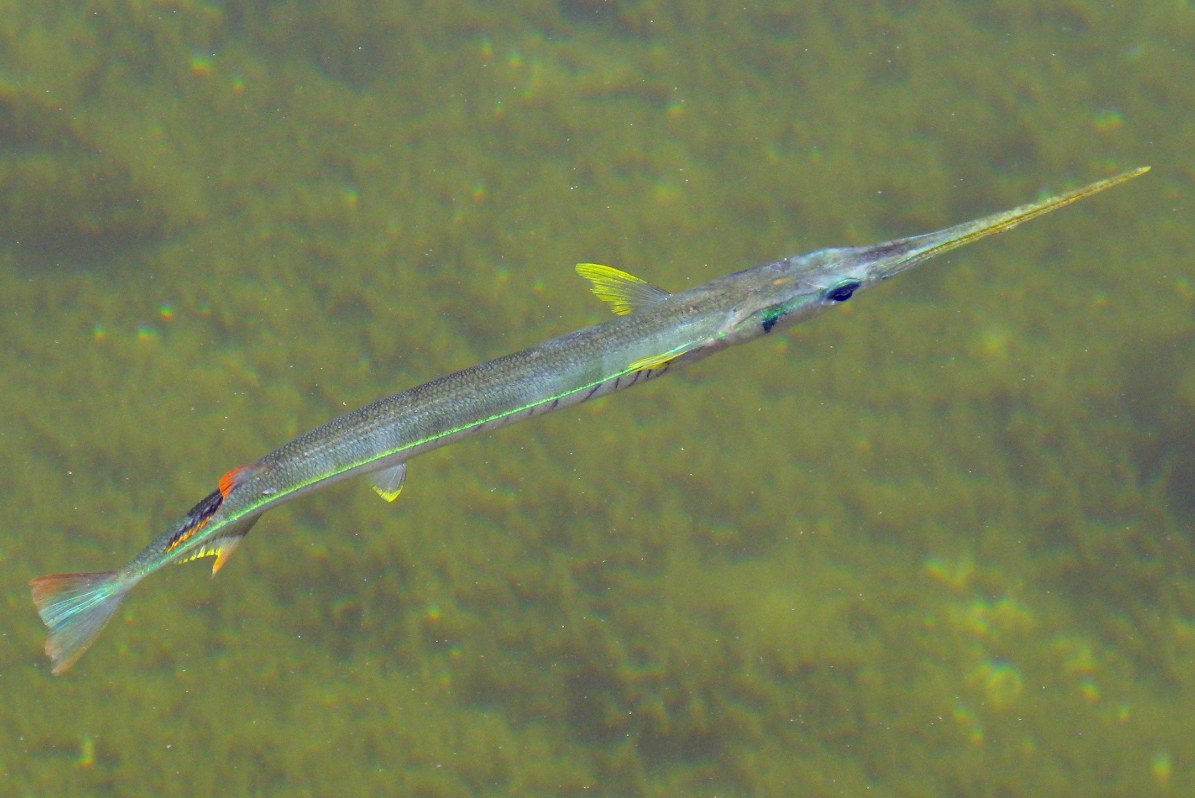Fish in the GOT are frequently observed
spawning, or laying eggs, and we have been hard at work trying to collect some of these eggs in the hopes of hatching them out. These baby fish, or larval fish, can then be raised up in special tanks to hopefully one day make their way back into the GOT as adults.
Redfin
needlefish (
Strongylura notata) eggs were collected from the GOT and placed into a special fish egg hatchery. The hatchery blows water over the eggs simulating ocean currents and making sure they receive adequate oxygen.
 |
| This is a redfin needlefish egg. The numerous hairs help the eggs attach to floating sea weed in the wild |
 |
| After the first week the fish embryos started to take shape within the developing egg |
 |
| The clear sphere attached to the fish's belly is the remaining yolk from their egg. The larval fish are unable to feed for a few days after hatching and must gain nutrients from this yolk |
 |
| Pigment develops in the fish's eyes a few days after hatching |
 |
| By the end of the second week twelve larval fish had hatched out of their eggs |
In the wild fish lay thousands upon thousands of eggs and only a small handful survive to become adults. With only twelve larval fish we may not have any that reach adulthood. But the lessons we learn now will help us become more successful in the future when working with this species.
 |
| Ripples, fish and corals at the top of the Giant Ocean Tank |
These larval fish are behind the scenes, and it likely will be a long time before you would see them on exhibit. But you can look for the adult needlefish at the top of of the Giant Ocean Tank. They can dart around just below the surface, racing for a morsel of food or to scoot out of the way of hulking sea turtle surfacing for a breath.
Plan your visit to the Aquarium this summer and get to know these fish and dozens of other species in this 200,000-gallon Caribbean reef exhibit!








0 comments:
Post a Comment
Comments left in this section do not represent the views of the New England Aquarium. Due to the large volume of questions received, staff cannot respond to individual comments but will consider them when planning future blog posts.